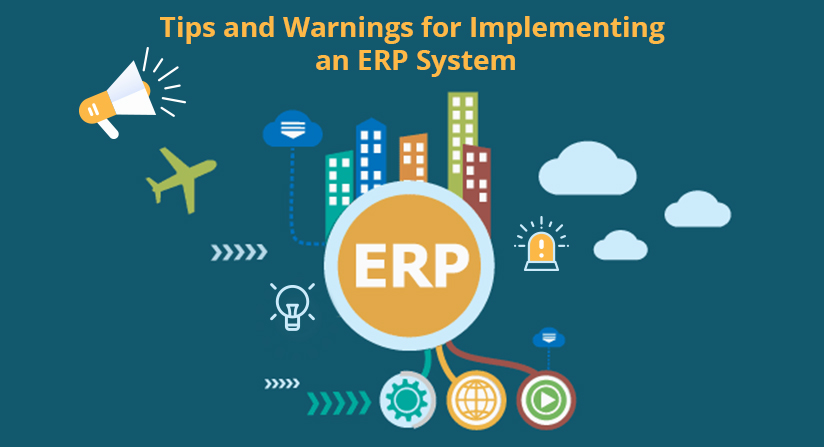Inventory forecasting, or demand forecasting, estimates future inventory levels needed using past data, upcoming events, and market trends. Inventory forecasting ensures manufacturers have the proper inventory to meet customers’ needs while minimizing excess inventory costs. It involves analyzing historical sales data and identifying patterns and trends to adapt to changing market conditions to meet customer demands.
Let’s look at the benefits of inventory forecasting.
1. Optimized inventory
The main objective of forecasting inventory is to strike a balance between having enough inventory to fulfill orders and avoiding overstock.
2. Meet customer demand on time
When you can forecast inventory, you can fulfill customer orders on time, leading to customer satisfaction and retention. With data-driven forecasting tools, manufacturers only need to purchase what they require for a given period.
3. Minimize stockout
Inventory forecast planning helps businesses avoid running out of highly consumed products and the raw materials needed, avoiding lost sales and dissatisfied customers.
4. Improved planning and the supply chain
Forecasting also aids production planning, procurement, and supply chain management. It helps businesses determine when and how much inventory to order and when to produce more products. Inventory forecasting helps manufacturers make better financial decisions, improve cash flow and resource allocation, and reduce operating costs.
5. Reduced cost
Inventory is equivalent to money. Tied-up cash in exceeded inventory can disturb cash flow and occupy warehouse space, leading to increased costs. Maintaining inventory in higher quantities can also lead to increased storage and insurance costs.
That’s why investing in ERP software can help you forecast inventory to know when to reorder and what inventory is on hand in real-time, to better collaborate with suppliers, and have mobile access to manage operations anywhere and at any time.
Best practices for inventory forecasting
The first step of inventory forecasting is to gather data from your sales history. Try to collect data from the last 12-24 months and ensure it is accurate. Here are some best practices to consider while implementing inventory forecasting:
- Use an inventory management program that uses documental data from the past
- Watch your inventory turnovers and benchmarks
- Make use of qualitative information and historical demand-supply data
- Calculate profits, past margins, and consider future goals
- Measure sales trends meticulously to be precise and accurate
- Calculate safety stocks
The inventory forecasting process requires continuous monitoring and adjustment. Manufacturers should be ready to adapt their inventory levels based on changing market conditions, customer demand, and other factors to remain competitive and efficient.
Types of inventory forecasting
Let us have a look at the types of inventory forecasting:
1. Trend forecasting
The method to determine possible sales trends in the future by using past sales and market growth data. It indicates bigger picture changes and broader shifts in customers’ purchase behavior.
2. Graphical forecasting
This type of inventory forecasting helps visualize data to identify patterns and generate trend lines, find discrepancies, compare variables, and more. You can add slopped trend lines to identify possible insights that don’t have a visual representation.
| Qualitative Forecasting | Quantitative Forecasting |
|---|---|
| Smaller sample size | Larger sample size |
| Examples: Interviews and observation | Examples: Sales report and seasonal patterns |
| Based on experiences and opinions | Based on numbers |
3. Qualitative forecasting
This method focuses on market research, focus groups, economic demand, environmental change, and other macro-level factors such as pandemics, inflation, etc. Inventory planners run this forecast method repeatedly using sales feedback and panel consensus.
4. Quantitative forecasting
Annual sales reports and patterns can help you forecast future sales of products. If the product has been in the market for a long time, it will lead to better datasets and sound analysis.
Quantitative forecasting is the best method to predict the demand levels for a product with substantial sales history, as it can be a key indicator of seasonal patterns.
Future trends in inventory forecasting
Advanced Machine Learning algorithms can help businesses analyze historical data and make predictions. However, these methods are accurate but require more computational and tech-savvy resources. Inventory managers should increase their skill sets and gain data analytics and forecasting capabilities.
Inventory forecasting, a critical aspect of supply chain management, continuously evolves with the technology. Companies are embracing advanced analytics and machine learning capabilities, extensive data integration, predictive analytics, and AI-driven automation to meet customer demand and changing market conditions.
The role of ERP in inventory forecasting
Enterprise Resource Planning software plays a significant role in inventory forecasting. It centralizes data from every department and promotes smooth data flow to accelerate operations across production, accounting, inventory, warehouse, supply chain, finance, and other departments. It serves as a central hub for data related to inventory forecasting. Modern ERP systems allow managers real-time access to critical business data. And integrated inventory forecasting tools provide them with accurate forecasts for enhanced business performance.
Summary
Inventory forecasting is a valuable tool for manufacturers across every industry. From optimizing inventory levels to improving customer service, reducing costs, and enhancing supply chain efficiency, inventory forecasting helps companies operate profitably. Please contact us if you would like to discuss how OptiProERP with SAP Business One helps with inventory forecasting.
Follow Us











